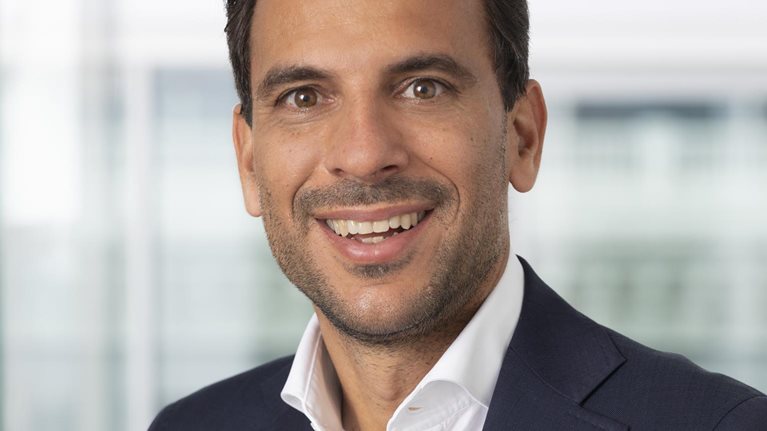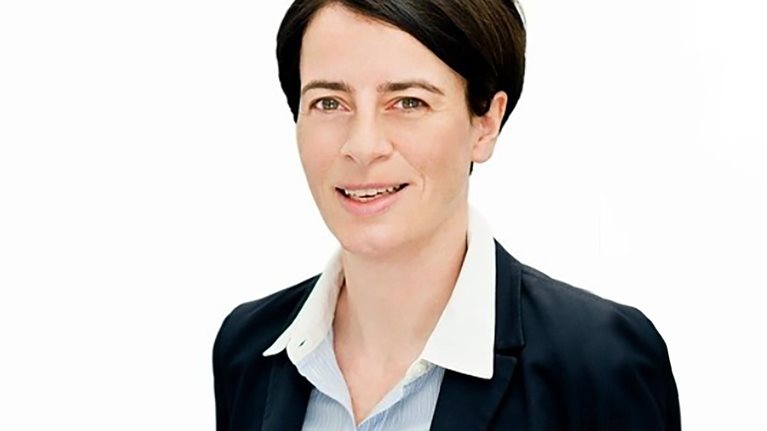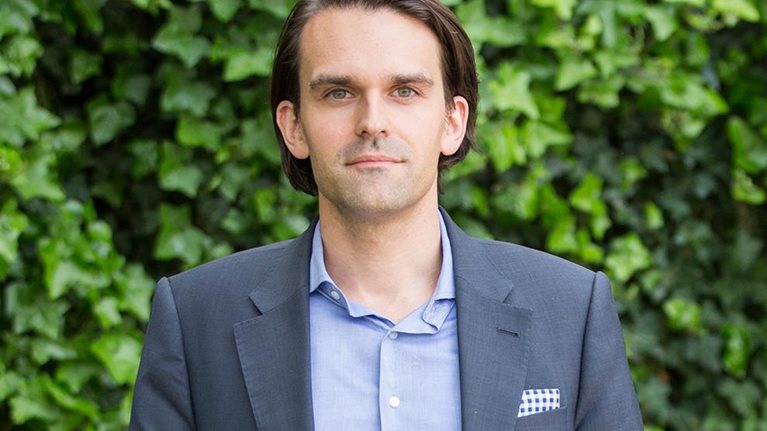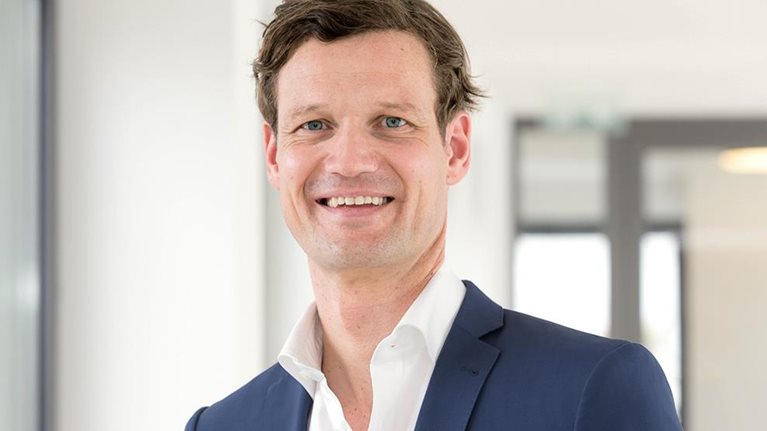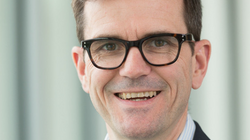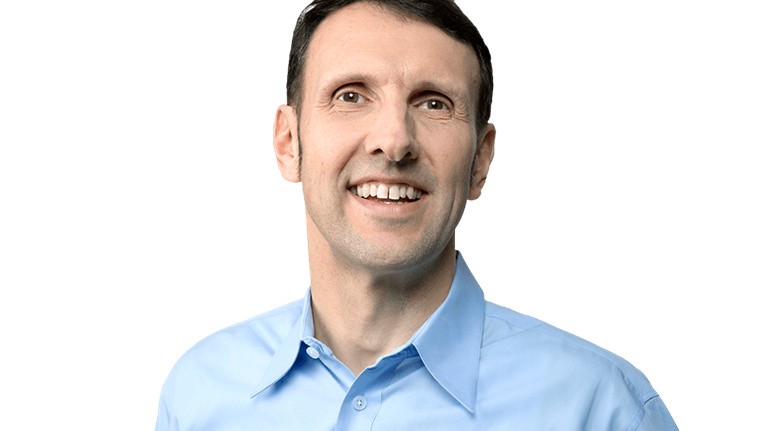The big picture
- The world is pivoting towards a resource-efficient economy. Europe has positioned itself as a first-mover, with other regions following closely behind.
- However, most banks are struggling to meet the complex, rapidly expanding regulatory and other requirements for ESG (environmental, social, and governance).
- The shift towards ESG presents significant profitability risks for financial institutions. At the same time, a wealth of climate opportunities is emerging. These opportunities could more than compensate risk-takers who capture them effectively.
- Between 2021 and 2050, capital spending on physical assets for energy and land-use systems in the net-zero transition will amount to $275 trillion—an average of $9.2 trillion per year—according to forecasts by the McKinsey Global Institute.
The challenge at hand
Banks can play a critical role in financing the net-zero transition, but they must deploy new strategies and solutions to successfully address increasing regulatory pressure while also capturing emerging opportunities. Novel business models are needed to facilitate transparency in ESG and to implement new data analytics capabilities that will steer financing activities in the desired direction.
Hence, many banks are seeking a single source of ESG “truth” that would allow them to gain a holistic perspective on counterparty- and asset-level ESG information. This source of truth may be deeply embedded in internal bank data; collecting and analyzing it will be a complex task, even for the most advanced technology providers. Only sophisticated tech solutions can solve the dual challenge of complying with new regulations and uncovering new business opportunities.
This dilemma led our Europe-based client, a financial solution provider, to design an ESG tech ecosystem with a sustainable finance data hub at its core. The client’s ecosystem partners can now build their own solutions on this new system. The product supports the view that ESG is deeply intertwined with many existing processes at banks, making an adjustment of existing use cases and IT systems essential.
We supported our client in exploring the opportunity to build a new tech business that addresses banks’ emerging ESG needs. To do so, the client can leverage its strong foothold in the global market for banking software. McKinsey’s LEAP framework offered the perfect solution for co-creating a blueprint and capturing this potential business opportunity.
Results achieved
Working with the client, we developed a comprehensive approach that delivered measurable impact in three key areas: the solution offering, customer and market validation, and business-building.
Our exploration of the current solution market allowed us to identify, develop, and iterate on potential use cases to create an effective solution offering and value proposition for the new business. Together with the client, we validated the resulting ESG tech blueprint with experts, developed a clickable prototype for the data hub’s user interface (UI), and devised a new sales strategy, including a pitch document for a broad market outreach to potential customers. Our client has already been able to fill their business’s sales pipeline with over 20 organizations interested in the solution offering. By designing the sustainable finance data hub, the client has uncovered new business opportunities and is becoming a critical player in financing the net-zero transition.
